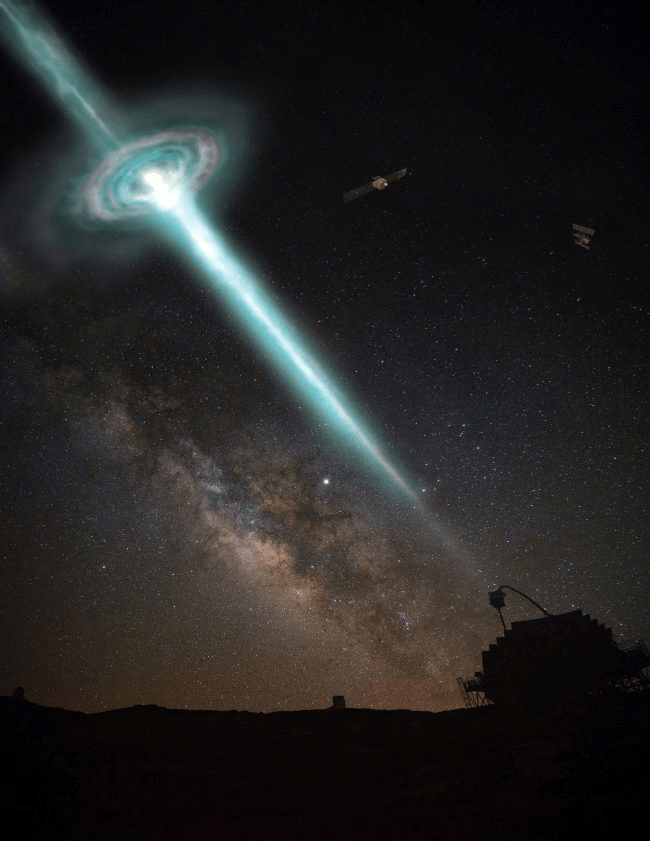Scientists have made significant progress in understanding the extraordinary brightness of the brightest cosmic explosion known as Brightest of All Time (BOAT), which occurred in October 2022.
NASA reports that the gamma-ray burst, named GRB 221009A, traversed the solar system and was detected by spacecraft, shining 70 times brighter than any previously observed burst. The signals from the event had traveled for a staggering 1.9 billion years before reaching Earth.
Astronomers have long believed that such bursts signify the birth of black holes formed when massive stars’ cores collapse under their own gravity. As these black holes consume surrounding matter, they emit powerful jets in opposite directions, propelling particles close to the speed of light.
In an earlier statement, NASA suggested that the intensity of the burst could be attributed to its alignment directly towards Earth, pulling along a substantial amount of stellar material. However, some mystery remained as the edges of the jet were not visible.
In a recent publication in the journal Science Advances, researchers propose a new explanation for the burst’s intensity. They believe that in addition to the alignment factor, the burst had a unique structure, with a narrow jet embedded within a broader outflow of gas, deviating from the characteristics of a typical narrow jet.
Hendrik Van Earthen from the University of Bath explained, “The slow fade of the afterglow is not characteristic of a narrow jet of gas, and knowing this made us suspect there was an additional reason for the intensity of the explosion, and our mathematical models have borne this out.”
This unconventional structure, featuring multiple jets, challenges the expectations surrounding such space events and explains their unusual behaviors.
Brendan O’Connor, a GW graduate student and lead author of the study, described GRB 221009A as a significant advancement in understanding gamma-ray bursts. He emphasized that this extraordinary explosion defies the standard physics assumed for typical gamma-ray bursts, potentially necessitating revisions to existing theories about the formation of relativistic outflows in collapsing massive stars.
The findings shed light on the mechanisms behind these extreme cosmic phenomena and provide researchers with valuable insights into the nature of gamma-ray bursts.














